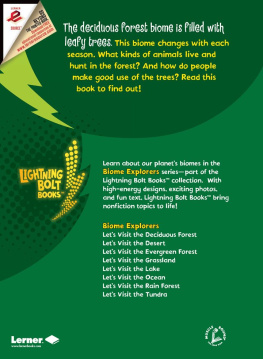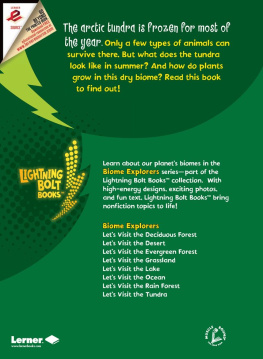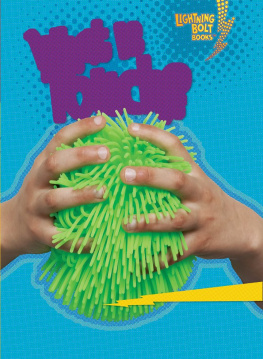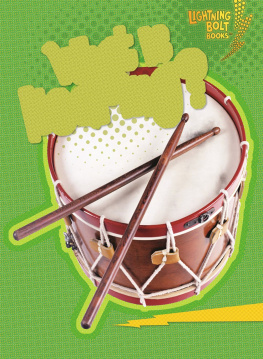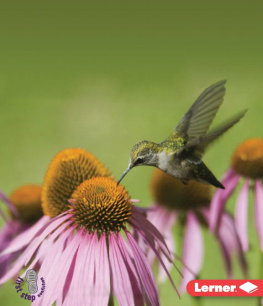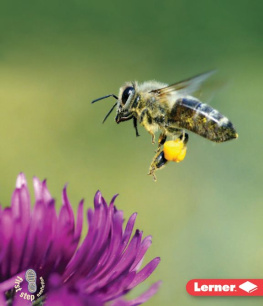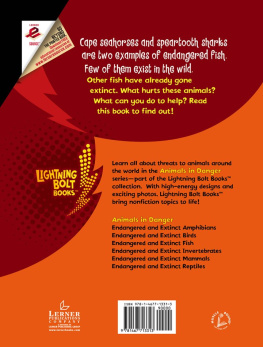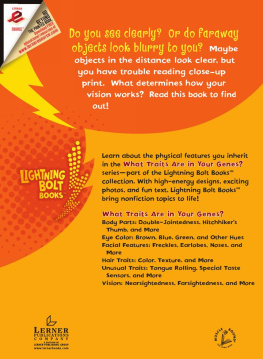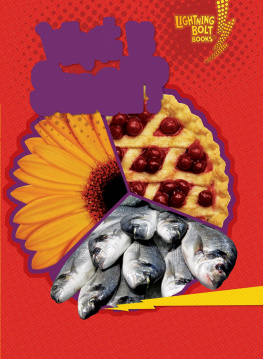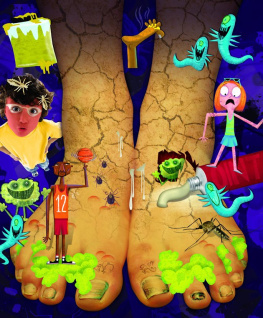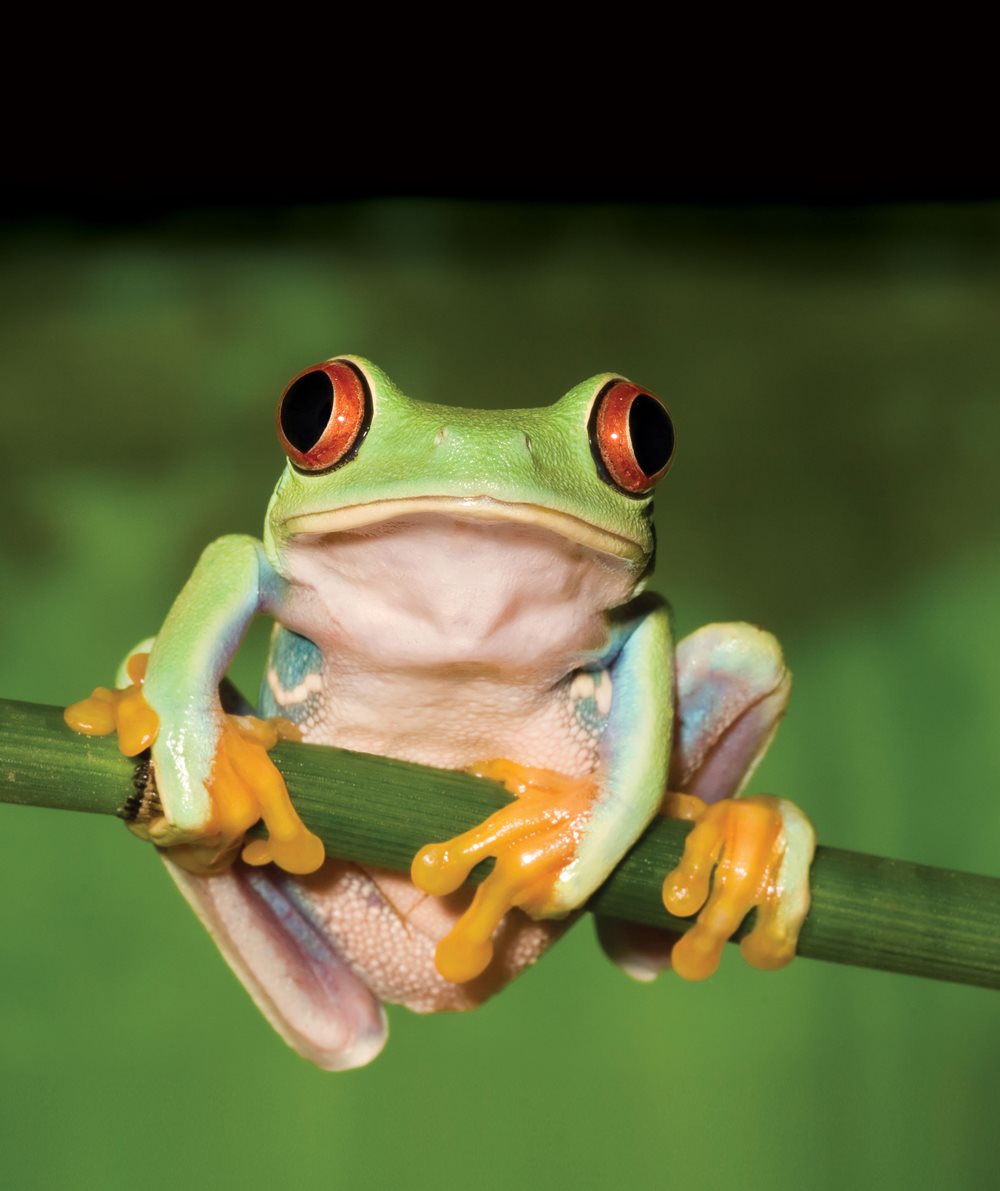Skin
by Jennifer Boothroyd
Skin is a covering around
an animals body.
Many kinds of animals
have skin.
Frogs have skin. People
have skin.
Skin can have other
coverings on top of it.
Polar bears have skin under
their fur.
Birds have skin under their
feathers.
Skin can be dry and rough.
Skin can be slimy and
smooth.
Human skin has many
shades.
Skin helps animals hide.
This snake is camouflaged.
It is hard to see.
Skin protects animals.
Some animals have very
thick skin.
It stops them from getting
hurt badly.
Old skin can fall off in large
pieces or in small flakes.
Animals need skin to
survive.
Our Skin
Our skin is made of three layers. You can see the top layer. This layer has holes called pores. Sweat comes out of these pores. Farther down is the middle layer.
Hair starts in this layer. It grows through the top layer. Sweat and oil are made in the middle layer. Nerves send messages of pain or touch to your brain. Nerves are also in the middle layer. The lowest layer mostly has fat and blood vessels.
The Layers of Human Skin
Facts about Skin
People lose about nine pounds of dead skin cells every year.
Bat wings are made from skin. The skin is stretched between the long fingers at the ends of their arms. Frogs and lizards eat their dead skin to get vitamins.
Some salamanders get air through their skin. Oil from a seals skin keeps its fur waterproof.
Glossary
camouflaged colored to
make an animal look like its
surroundings
protects keeps from getting
hurt
skin the outer covering of a
person or an animal
survive to keep living
Index
camouflaged covering feathers fur people protects survive
Copyright 2012 by Lerner Publishing Group, Inc.
Glossary
camouflaged colored to
make an animal look like its
surroundings
protects keeps from getting
hurt
skin the outer covering of a
person or an animal
survive to keep living
Index
camouflaged covering feathers fur people protects survive
Copyright 2012 by Lerner Publishing Group, Inc.
All rights reserved. International copyright secured. No part of this book may be reproduced, stored in a retrieval system, or transmitted in any form or by any meanselectronic, mechanical, photocopying, recording, or otherwisewithout the prior written permission of Lerner Publishing Group, Inc., except for the inclusion of brief quotations in an acknowledged review. The images in this book are used with the permission of: Hallam Creations/Shutterstock Images, pp. 2, 22 (third from top); L.E. 3; Jonathan Kirn/The Image Bank/Getty Images, p. 4; Peter Betts/Shutterstock Images, p. 5; Gerald & Buff Corsi/Visuals Unlimited, Inc., p. 6; Mayshyphoto/Shutterstock Images, p. 7; Eric Issele/Dreamstime.com, p. 8; David Kuhn, p. 9; Simon Watson/Stone/Getty Images, p. 10; S100apm/Dreamstime.com, p. 11; Mike Severns/Stone/Getty Images, pp. 12, 22 (top); Todd Pusser/naturepl.com, pp. 13, 22 (second from top); Louise Murray/Visuals Unlimited, Inc., p. 14; Ralph H. 14; Ralph H.
Bendjebar/Danita Delmont/Alamy, p. 15; Robert Valentic/Minden Pictures, p. 16; Paul Springett A/Alamy, pp. 17, 22 (bottom); Laura Westlund/Independent Picture Service, p. 19. Front Cover: Tom Amon/Dreamstime.com Main body text set in ITC Avant Garde Gothic 21/25.


